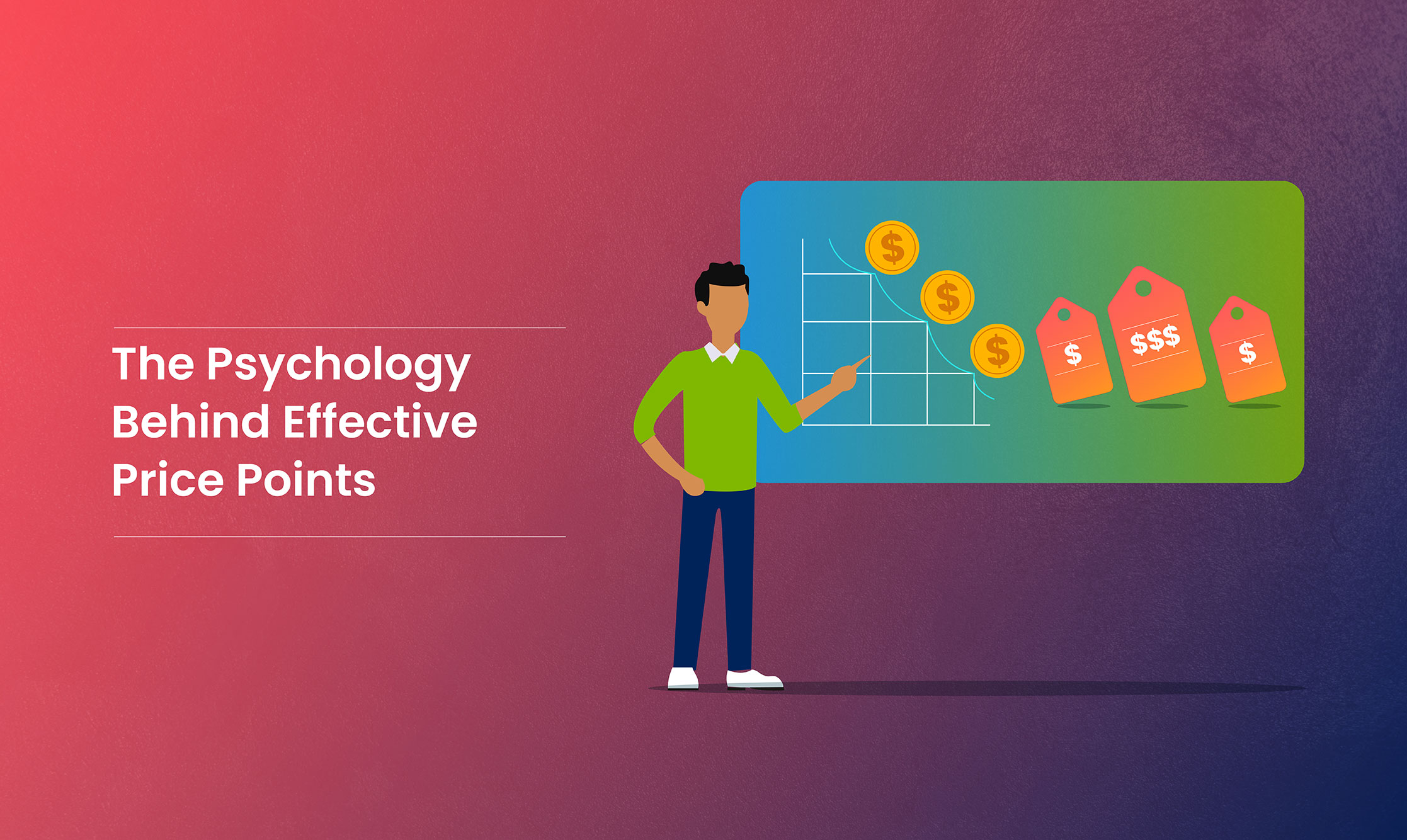Introduction
Appropriately setting the price for a product or service determines the success of a business. The psychology of pricing can be described as a complex correlation between economic principles and cognitive biases that lead to customer behavior. For a retailer, pricing decisions are not just about assigning numerical values; they are strategic decisions that can have significant effects on the brand image, sales volume, and market competitiveness. Companies need to carefully move through the complexity of consumer psychology and find a balanced pricing that helps to attract a relevant audience and ensures business growth. In this blog post, we will step further into the amazing world of pricing psychology and discuss the various factors that influence the implementation of successful price strategies.
Perceived Value and Price Perception
The value, which is perceived, plays the leading role of pricing psychology, and it determines how the consumers comprehend the real value of the product or the service. It involves different factors such as beyond the intrinsic attributes of the product, including brand image, user reviews, and buying context. Thus, maybe a luxury watch with a remarkable price above its competitors will be considered a symbol of triumph and luxury. People might regard it as an item worthy of the premium. Just like this, promotions and discounts can change the perceived value by implying a deal or limited-time offer, and therefore, they can dramatically affect consumers’ assessments of the attractiveness of any product only in relation to their price. These dynamics are important for businesses and allow them to effectively coordinate their product positioning and product communication with their target audiences.
The Role of Anchoring
Anchoring in pricing psychology has deep and strategic implications. An anchoring bias is a cognitive error where the first information (the anchor) an individual receives is strongly relied on when making decisions. Setting an initial price higher, though later discounted, allows businesses to keep a strong perception in the customers’ minds of value and quality. This anchoring effect influences purchase decisions by framing subsequent prices as reasonable or advantageous compared to the initial anchor. Basically, anchoring takes advantage of the human nature of using the first piece of information that comes as a starting point, shaping following judgments and choices. Thus, businesses can use anchoring in order to direct the consumer’s perceptions and behaviors in the right ways toward the desired purchasing results.
Price Elasticity of Demand
The price elasticity of demand is a critical notion in making the right price decisions for a business. Price elasticity illustrates the sensitivity of the quantity demanded by price changes. It assists firms in anticipating consumer responses to price variations and accordingly shapes their pricing strategy. For example, in the case of a product with elastic demand (greater than 1), a small price increase would cause a very sharp decrease in the quantity sold. On the contrary, as demand is elastic (less than 1), price increases may have a smaller effect on the quantity demanded. Companies can utilize the analysis of price elasticity to determine their pricing strategies so that they can obtain as much revenue as possible without sacrificing consumer demand.
Psychological Pricing Strategies
1. Charm Pricing
Charm pricing involves pricing the products very close to rounded numbers (like ₹99.99 instead of ₹100.00). These techniques are built on the so-called left-digit effect, where numbers ending in 9 are perceived to be much lower than the next round number. It turns out to be a mirage of a better deal while attracting the bargain-hunter instinct in many consumers.
2. Prestige Pricing
Prestige pricing leverages higher prices to convey exclusivity and luxury. One of the strategies that luxury brands often adopt is to link high price with high quality, fostering their brand image and attracting wealthy consumers who seek quality rather than quantity. Through the sales of products at higher prices, brands generate the impression of prestige and popularity among the audience that they are targeting.
3. Price Bundling
Price bundling means combining two products with minor discounts. This plan appeals to customers by providing them with convenience and perceived value, which in turn makes them buy more items than they had planned to purchase. Businesses can accomplish this by providing discounted prices for bundled products, which helps in increasing overall sales and customer satisfaction.
4. Decoy Pricing
The function of a decoy price is to show an additional product (the “decoy”), which makes the most appealing option appear better than it actually is. This tactic may influence consumers to go for higher-priced options by comparison. Through well-placed imitation products, companies can lead consumer selections and move sales in the intended direction.
Cognitive Biases and Decision-Making
Different kinds of cognitive biases, one of which is loss aversion and framing effects, contribute largely to the consumer decision-making process. Loss aversion stands for the situation where people, at the utmost, try to avoid losses but are not so much interested in acquiring gains. They make their decisions based on minimizing losses. Another concept, framing effects, shows how the manner of presenting information may influence judgment and decision. By appreciating these cognitive biases and their repercussions, businesses can adjust their pricing techniques in order to tap consumers’ subconscious urges, ending up having an optimized pricing strategy that leads to profit maximization.
Conclusion
To conclude, the ability to control brand emotions depends on the comprehensive cognitive insight into customer behaviour and decision-making. Through strategic pricing and the exploitation of psychological tools, businesses have the opportunity to position themselves in the market and sustain their growth. It is important to continually check market trends and consumer preferences and change pricing strategies as necessary. Remember that pricing is not only about numbers; it is about creating a story that inspires your prospects and articulates the quality and value proposition of your brand.
Rubick.ai recognizes that customer psychology is an essential aspect of pricing decisions. Discover our platform of sophisticated analytics to derive tangible insights and fine-tune your strategic pricing skillfully.
